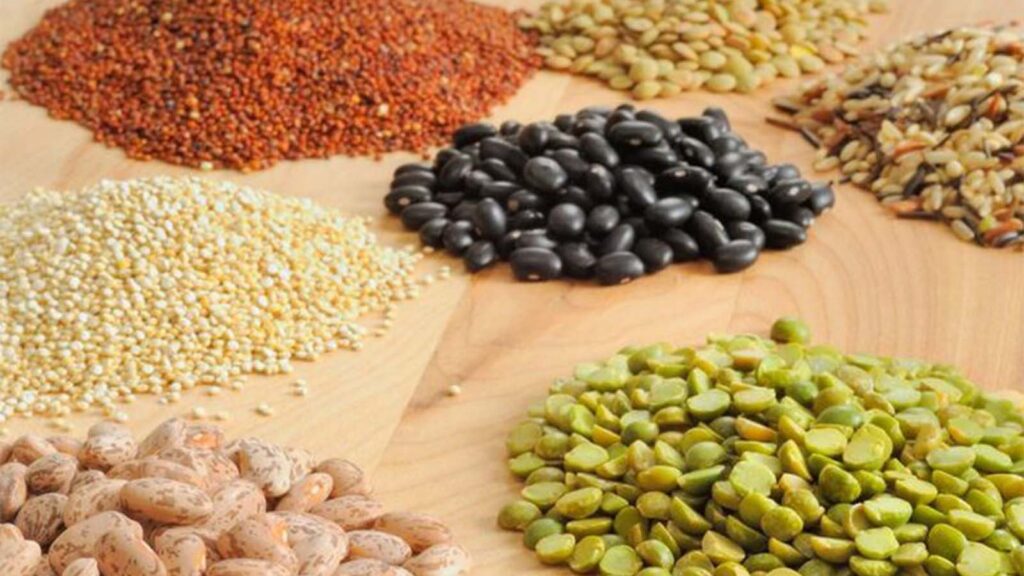One of the foundations of a healthy lifestyle is eating a nourishing, balanced diet. Healing foods have so many virtues: They boost your energy and endurance, improve your appearance, help you reach and maintain your ideal weight, boost concentration, increase longevity, and prevent disease.
However, some people find that rising food costs are an issue in their efforts to eat more healthfully. Here are some tips to help you enjoy the benefits of a vibrant, healing diet without breaking the bank.
1. Stock Up
Eating out is expensive and not always very healthy, but it’s tempting to skip the kitchen and get takeout if we don’t have what we need at home. Stocking up on staples that make it easy to prepare quick and healthy meals is one of the most important steps toward keeping your food costs down, and it will also allow your family to develop healthier eating habits.
Items that keep well in the pantry are dried beans, pasta, bottled and canned goods, and most grains (if not used within a few weeks, grains are best kept refrigerated for freshness). Seeds and nuts should be refrigerated and will last for weeks that way. Fresh produce is difficult to buy far in advance since it is perishable, but many fresh fruits can be kept out on the counter for several days and longer if refrigerated, and most vegetables will keep in the fridge for as long as week. If you can, plan at least two shopping days a week for fresh produce so that you always have a good supply.
Stocking up also allows you to shop around for the best prices rather than buying whatever is most convenient right when you need it. Dried beans are usually inexpensive no matter where you buy them. But specialty products like brown rice pasta, chickpea flour, or sesame oil can be cheaper in wholesale stores or Asian markets. Buying in larger quantities can also save money, and many of the foods that store well can be bought in bulk.
2. Use Your Freezer
The freezer is a great way to keep many perishable foods fresh and ready to use at short notice. Frozen fruits and vegetables are far more nutritious than canned and are close in nutritional content to fresh. Stock up on frozen peas, corn, okra, collards, broccoli, and the like. All of these will cook up quickly in a stir-fry or stew. Frozen berries, mangoes, or peaches make nutritious smoothies and can be added to pancake batter or cooked cereal. If you shop at bulk grocery stores, you may find large quantities of organic frozen fruits and vegetables that cost far less than they would at regular grocery stores or health food stores.
Bean dishes, soups, and many side dishes can also be frozen for quick meals on days when you don’t have time to cook. Just make more than what you need for one meal and freeze the rest. This ends up being much cheaper than using canned beans or soups and other packaged foods.
Whole grain and sprouted grain breads are also good items to keep in your freezer. Whole grains contain vital nutrients and will therefore go rancid and develop mold if left out too long. But they’ll keep much longer when frozen, allowing you to have good bread on hand anytime and also to use what you need if you don’t eat bread very often.
3. Buy in Season
Eating fresh produce is a must for getting optimal nutrition. Yet it can also be one of the most expensive parts of a healthy diet, especially when you are feeding a family. One way to cut down on produce costs is to focus mainly on fresh foods that are local and in season. These are also going to be the most nutritious because of short transit times from farm to market. Look for local, seasonal produce at farmers’ markets, produce stands, and your local grocery store. Depending on your freezer space, you may even want to consider freezing in-season fruits and vegetables.
When the local growing season slows down, you may have to look a little harder to find good deals on produce. Again, bulk food stores, co-ops, Asian markets, and the like will often have the best prices. But some types of fresh produce are reasonable all year round, such as organic carrots and organic baby greens. One pound of baby greens makes a lot of fresh salad, which makes a perfect meal or side dish all year round.
4. Plan Your Produce
Research shows that there’s a lot of food waste in American households. One way to help cut down on waste is to plan your produce use for the week. Note which fruits and vegetables perish more quickly—like asparagus, kale, or strawberries—and use those soon after your shopping trip. Vegetables such as broccoli and cauliflower last longer in the fridge, so you can plan to use those later in the week.
What are your favorite tips for saving money on healthy foods? Join our discussion on Facebook to share your favorite tips.



